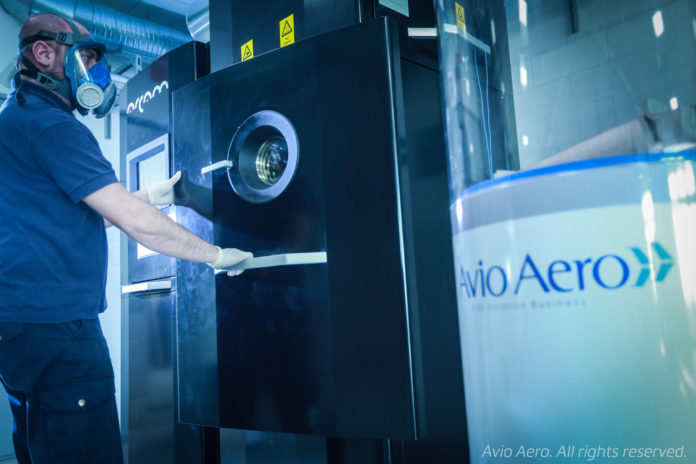Too much attention is often made on the use of the additive manufacturing technology leveraged as part of a production process. Yet, software solutions are also a pivotal point of the success of such type of production – in aerospace but also in other demanding industries.
Materialise shares today how the use of an integrated software was a key tool in the production of the GE9X, the jet engine developed for Boeing’s next-generation 777X jets.
What were the challenges in this case?
The manufacturing of the largest jet engine requires the use of certified industrial 3D Printing.
Such technology requires maximum traceability, quality control, and repeatability while ensuring a high throughput with efficiency in machine operation time, waste minimization, and cost control.
The need of an integrated AM software solution was therefore important, not only to achieve these objectives, but also to streamline and optimize the whole manufacturing process, from design to production and finishing.
Six 3D printed parts constitute the 11-foot diameter engine. They include the low-pressure turbine blades made from an alloy of titanium and aluminium at the Avio Aero Cameri plant in Italy. The 3D-printed blades spin inside the engine at 2,500 times per minute weathering extreme conditions including heat and forces.
Since the opening of its facility, Avio Aero has been using the Materialise Streamics to meet the AM process control, process standardization, process automation, and process traceability requirements of the aerospace industry. Indeed, Streamics enables to increase connectivity, which means for the aerospace company, having the possibility to integrate their AM business with their ERP system (SAP).
“For us, the most important benefit of using Materialise software is the ability to directly connect our 3D printing machines to our SAP production planning tool. This connection provides us with data from the factory floor on the status of each print, on how long production is going to take, and when the print is ready to go to the next station.” – Danila Marco, Digital Technology Additive Leader.
Materialise explains that the process begins with part file preparations in Materialise Magics and offers all necessary tools for part fixing, positioning, support generation, labeling, and many more data and build preparation operations. It will then automate platform preparations while storing, tracking, and visualizing all AM process data and centrally managing and monitoring the machines and build jobs through Streamics.
Lastly, it should be noted that Avio Aero benefits from Materialise’s partnership with Arcam to run their 40 Arcam Electron Beam Melting (EBM) machines.
“The Arcam Build Processor is integrated with both the Materialise software solutions we use, Magics and Streamics. This integration streamlines our whole production environment. Besides simplicity, the build processor enables Streamics to store the data from all print jobs, which eventually gives us better control over our production. This is crucial in the aerospace industry.” – Danila Marco, Digital Technology Additive Leader.
You can now post free of charge job opportunities in the AM Industry on 3D ADEPT Media.For further information about 3D Printing, follow us on our social networks and subscribe to our newsletter : Facebook, Twitter, LinkedIn & Instagram !Would you like to be featured in the next issue of our digital magazine? Send us an email at contact@3dadept.com






